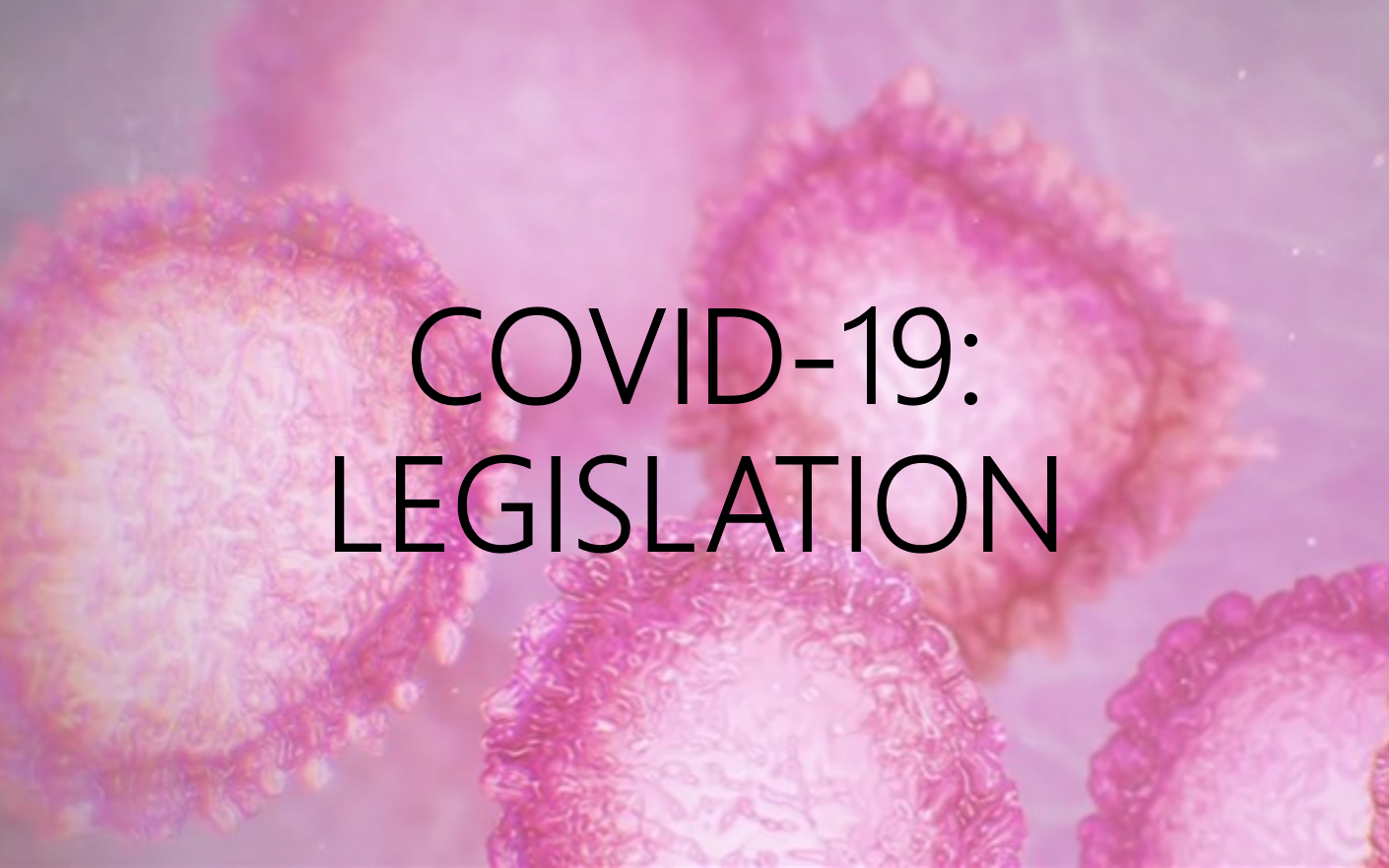
On 15 April 2020, The Chancellor published a Treasury Direction, setting out the legislation behind the Coronavirus Job Retention Scheme (CJRS). On the same day, version 4 of the CJRS was released.
The Direction confirmed:
- Employees can be furloughed providing that they were on the PAYE payroll on or before the revised date of 19 March 2020.
- If a TUPE transfer takes place after 19 March 2020, the transferee will be eligible to claim under the Scheme even though the incoming employees were not on its payroll as at 19 March 2020.
- If an employee started unpaid leave after 28 February 2020, their employer can put them on furlough. However, if the employee was on unpaid leave, such as a sabbatical, on or before 28 February, the employer cannot furlough them until the date on which it was agreed they would return from unpaid leave.
- Employers are required to write to employees in order to confirm that they have been furloughed and that they must cease all work in relation to their employment and will need to receive acceptance in writing. This can be in an email format.
- The furlough period must be 21 calendar days or more.
- If an employee is receiving Statutory Sick Pay (SSP), they can be furloughed when this period ends. If they need to take further sick leave in the furlough period, the employer can decide whether to transfer them to SSP/sick pay or leave them on furlough.
- Furloughed directors will only be permitted to carry out very limited duties such as filing accounts.
- CJRS will not pay out in relation to anything that is not “a regular salary or wage”. This means that the Scheme will disregard payments such as:
- Payments that are conditional on any matter
- Related to the performance of the employee
- Payable at the discretion of the employer
- The direction defines the key terms used throughout, such as an “employee”.
- The legislation confirms that Personal Service Companies (PSCs) working in the public sector caught by IR35 and so, paid via PAYE are “employees” for the purposes of the CJRS.
Contradictory matters between the Direction and HMRC’s guidance:
- The Direction doesn’t provide a time period for which written correspondence issued to furloughed employees must be kept. HMRC’s guidance states that written correspondence must be kept for 5 years.
- The Direction states that the furlough period is 21 calendar days or more, with no reference to these days being consecutive as is referenced in HMRC’s guidance “3 consecutive weeks”.
- The Direction states that a furloughed employee cannot work for a “connected” employer. HMRC interpreted this to also include “associated” employers.
- The Direction makes no reference to claiming for regular payments such as “compulsory commissions” and “past overtime” referred to in the HMRC guidance. In fact, the Direction states that any payment that varies due to the performance of the employee should not be deemed as “regular” for the purposes of the calculation of the CJBS claim.
View the Direction here.
Aspire Comment
The Direction confirms, within the definition of “employee”, that employers may claim via the CJRS for PSCs working in the public sector being paid PAYE due to being deemed inside IR35. However, the Draftsman seems to have ignored those self-employed subcontractors who are paid PAYE under s44 ITEPA (‘the Agency Legislation’) due to being under the supervision, direction and control of any party. In including PSCs inside IR35 providing services to the public sector it seems tenable that those subcontractors paid PAYE due to the Agency Legislation are also eligible.
Furthermore, the umbrella calculation and stance on profit related pay is still very ambiguous when it comes to calculating your 80% claim for furloughed employees. It will very much depend on your contractual documentation and commerciality.
Holiday leave and pay has not been mentioned in either the guidance or the Direction.
Overall, the Direction is complex and is contradictory to the guidance we have seen published surrounding the CJRS. The uncertainty of the Direction read alongside the guidance will undoubtably force business owners to make decisions on aspects that remain to be a “grey area”. It is imperative that you keep evidential documentation to support the commercial decisions you have taken and the advice sought in order to have a “reasonable care” defence.
However, we particularly like clause 6.4, referring to those who were “enjoying” unpaid leave or a sabbatical before 28 February 2020. Does the clause not apply if they weren’t enjoying it?
If you require any further advice or guidance about how to manage the furlough process or any other employment guidance, such as redundancy, please get in touch with one of our advisors on 0121 445 6178 or email enquire@aspirepartnership.co.uk.
